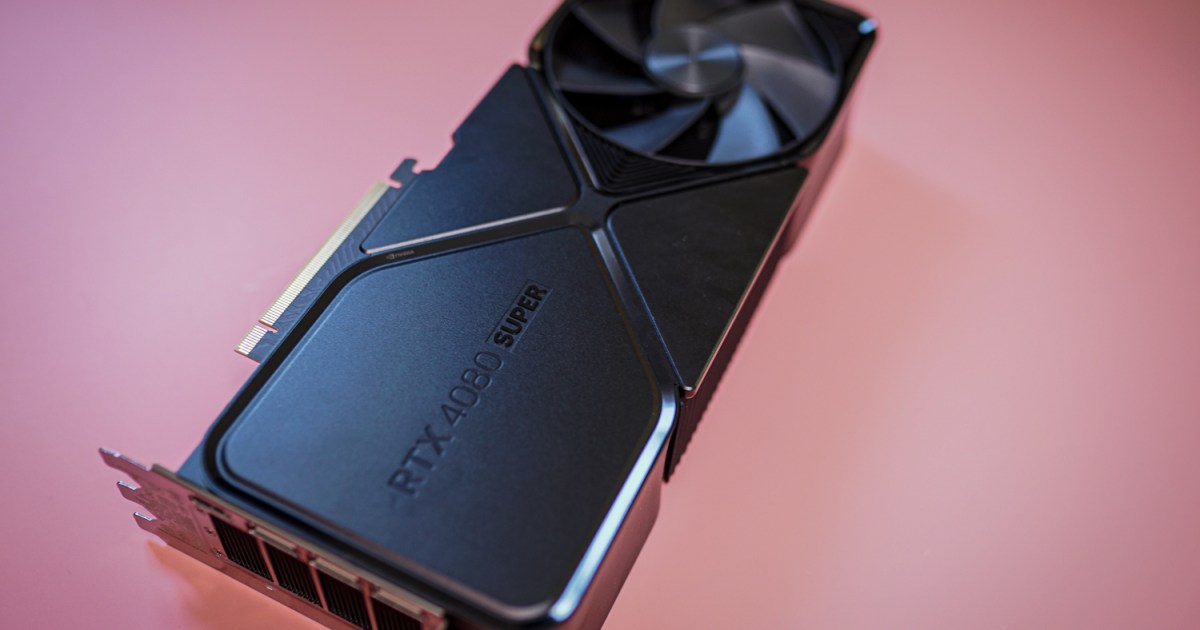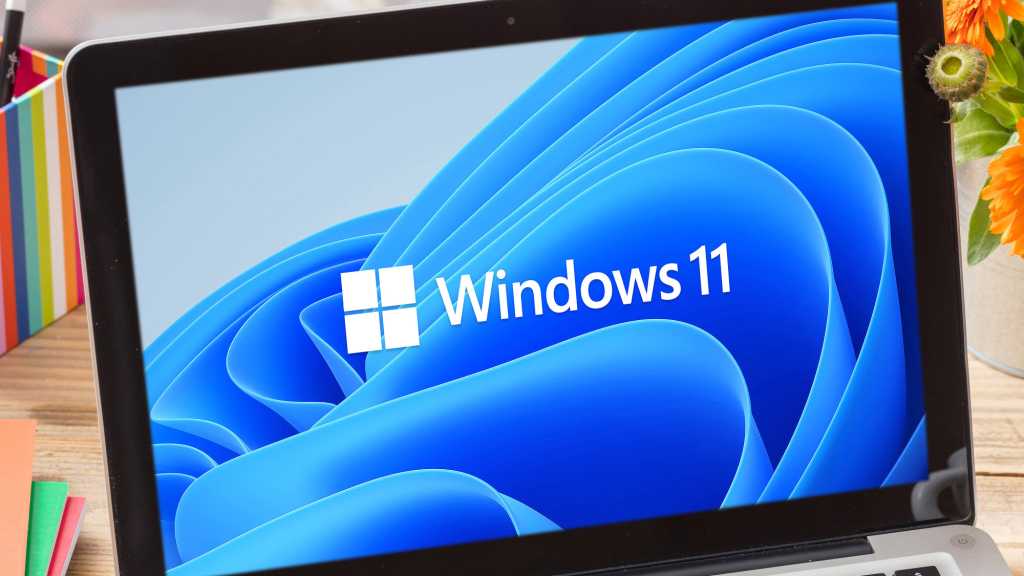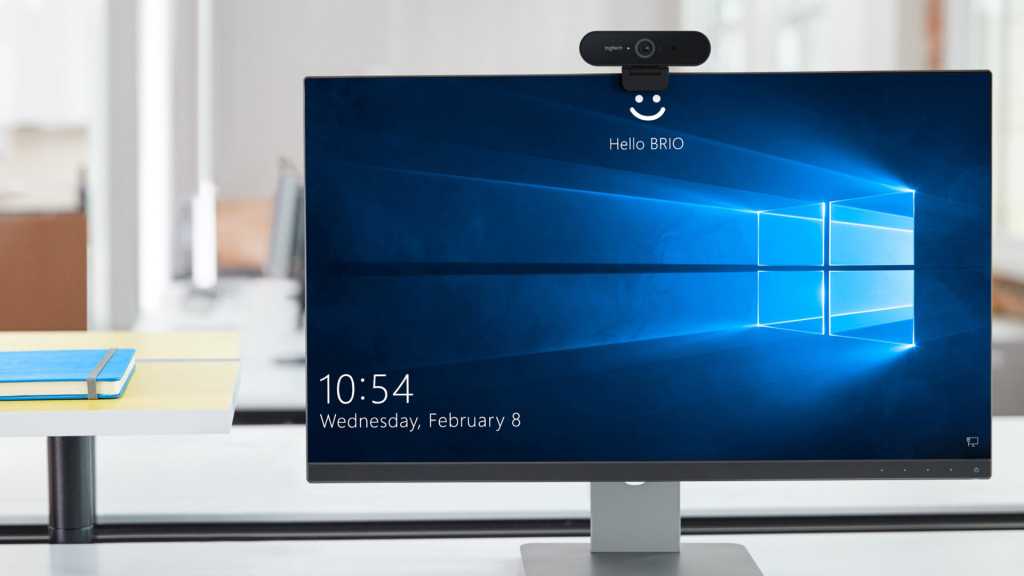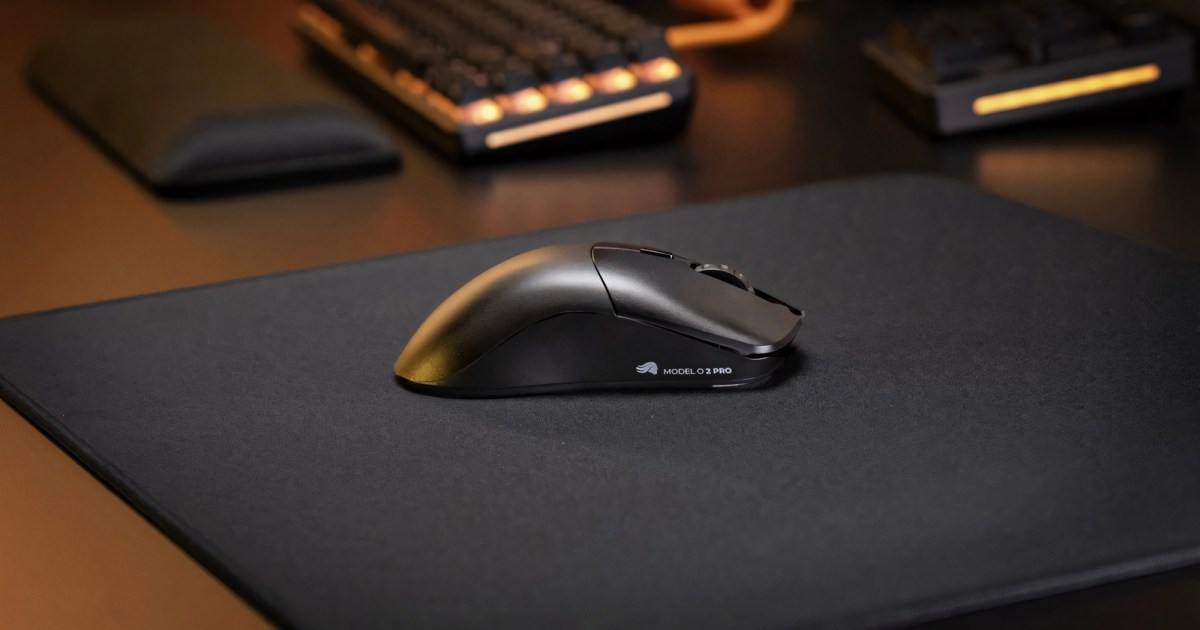A graphics card (GPU) is arguably the most crucial and exciting PC component for gamers and creative professionals alike. While a fast SSD is essential, no other component impacts gaming performance as profoundly as the GPU. They also play a vital role in many productivity tasks. Given their importance and often hefty price tag, understanding a GPU’s lifespan is crucial. Let’s explore this topic in detail.
GPU Lifespan: Factors and Considerations
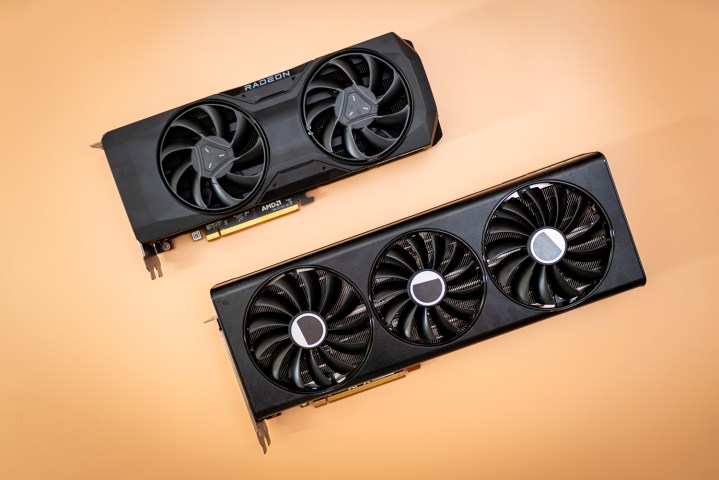 AMD RX 7800 XT and RX 7700 XT graphics cards.Image: AMD RX 7800 XT and RX 7700 XT graphics cards.
AMD RX 7800 XT and RX 7700 XT graphics cards.Image: AMD RX 7800 XT and RX 7700 XT graphics cards.
A graphics card’s physical lifespan can range from five to eight years before complete failure. However, this is a broad estimate. Many GPUs are replaced long before they fail, while others might malfunction sooner. Several factors influence this lifespan, including usage intensity, cooling efficiency, regular PC maintenance, and the GPU’s build quality. Unlike components like RAM, which can last indefinitely, a GPU’s lifespan is more directly tied to its workload.
Intensive tasks like cryptocurrency mining, AI processing, and frequent gaming can accelerate wear and tear compared to office work or casual media consumption. This doesn’t necessarily imply imminent failure, but it can impact longevity and performance. The secondhand market often features GPUs used for mining, and while these can offer budget-friendly options, they carry a higher risk of premature failure due to prolonged, intensive use.
While hardware defects can cause even new GPUs to fail, they are often covered by warranty. A prominent example is the melting 12VHPWR connector issue with Nvidia’s RTX 4090. More often, GPUs become obsolete rather than completely failing. This raises a more relevant question: How long are GPUs good for?
GPU Relevance: Performance Over Time
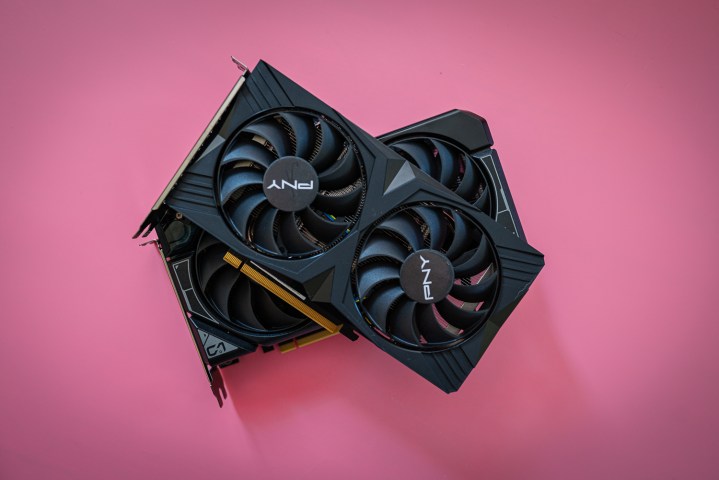 Two RTX 4060 graphics cards stacked on top of each other.Image: Two RTX 4060 graphics cards.
Two RTX 4060 graphics cards stacked on top of each other.Image: Two RTX 4060 graphics cards.
Most GPUs remain relevant for about five years before requiring replacement. However, several factors influence this timeframe: usage patterns, maintenance, and, crucially, the GPU’s initial performance level. For basic tasks and casual entertainment, a GPU can last much longer. Many users still utilize a decade-old GTX 1060 effectively. Conversely, gamers seeking high frame rates often upgrade every three years or so.
The games you play also significantly impact upgrade frequency. Demanding titles like Cyberpunk 2077 and Starfield run smoother on newer hardware. Less demanding indie games like Stardew Valley or Spelunky 2 allow for longer upgrade cycles. High-end GPUs provide a longer window for high-settings gaming, but AAA titles often necessitate more frequent upgrades.
Technological advancements also drive upgrades. Nvidia’s Deep Learning Super Sampling (DLSS) technology, introduced with the RTX 20-series, significantly boosts frame rates but is exclusive to RTX GPUs. DLSS 3, further enhancing performance, is restricted to the RTX 40-series. This trend of generation-exclusive features encourages upgrades. Ultimately, the ideal upgrade cycle varies for each gamer, but a general guideline for optimal performance in modern titles is three to five years.
Factors Affecting GPU Longevity
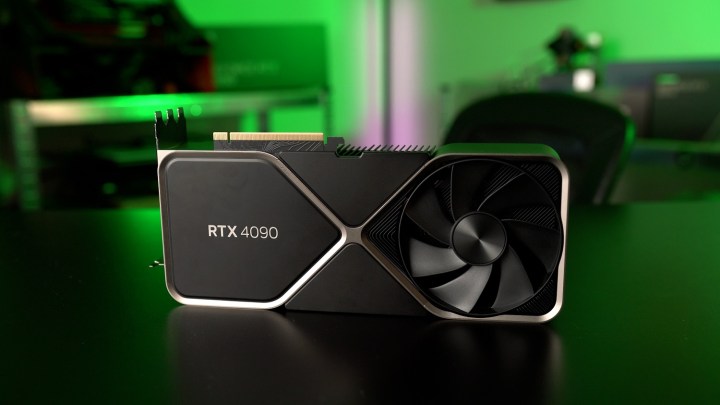 Nvidia GeForce RTX 4090 GPU.Image: Nvidia GeForce RTX 4090 GPU.
Nvidia GeForce RTX 4090 GPU.Image: Nvidia GeForce RTX 4090 GPU.
Several factors can accelerate GPU wear and tear, affecting both complete failures and gradual performance decline.
Heat Management
While modern GPUs are designed to operate at higher temperatures, excessive heat due to demanding workloads can significantly shorten their lifespan. Generally, temperatures below 85 degrees Celsius are acceptable, but this varies depending on the specific GPU. Overheating can lead to thermal throttling, impacting performance. High-performance GPUs like the RTX 4080 Super require robust cooling solutions and adequate case airflow. Undervolting can help reduce temperatures without sacrificing performance. Regularly monitoring GPU temperature during gaming is essential.
Usage Patterns
As discussed, intensive GPU usage contributes to faster wear and tear. While extended operation won’t necessarily cause immediate failure, it can accelerate performance decline. This is particularly noticeable with older GPUs struggling to meet the increasing demands of newer games.
Maintenance Practices
Regular PC maintenance, including cleaning the GPU and its fans every few months, is crucial for optimal performance and longevity. This can significantly reduce operating temperatures and prevent dust buildup from hindering airflow.
Recognizing GPU Failure
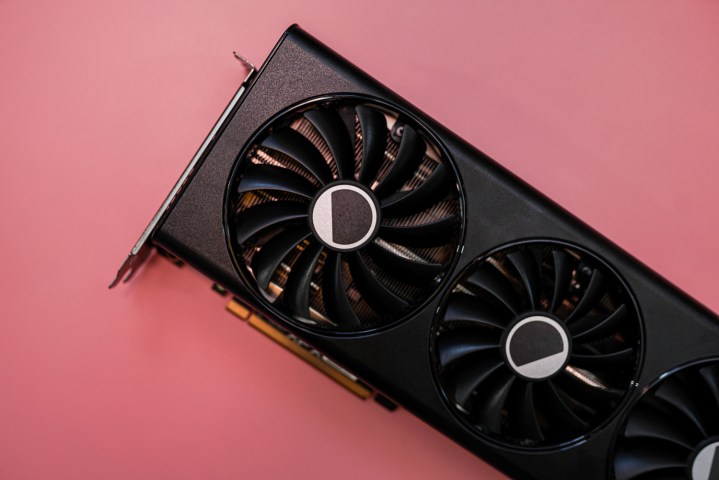 Fans on the RX 7900 GRE graphics card.Image: Fans on the RX 7900 GRE graphics card.
Fans on the RX 7900 GRE graphics card.Image: Fans on the RX 7900 GRE graphics card.
A struggling GPU typically exhibits symptoms like frame rate drops, stuttering, and crashes when increasing graphical settings. However, signs of impending GPU failure are more severe:
- Graphical artifacts: Strange lines, blocks, distortions, or texture issues.
- System crashes and freezes: Frequent and unexpected interruptions.
- Blue Screens of Death (BSODs): Critical system errors often related to hardware malfunction.
- Driver issues: Persistent problems despite driver updates or reinstallation.
- Overheating and loud fan noise: Excessive heat and fan noise indicate potential cooling issues.
- Rendering problems: Difficulties displaying graphics correctly.
- Unexpected shutdowns: Sudden system power-offs.
- No display on boot: The system starts but no image appears on the monitor.
While these signs can indicate a failing GPU, they might also stem from other issues. Thorough troubleshooting is essential before investing in a new graphics card.



